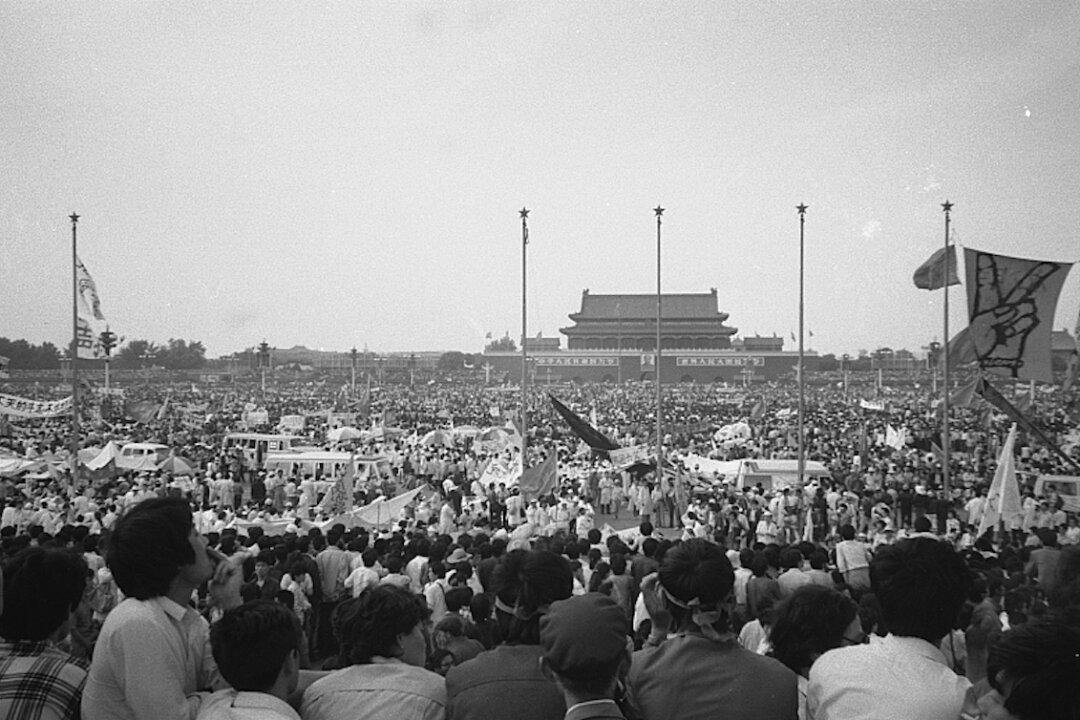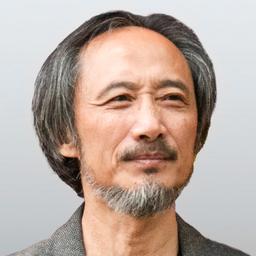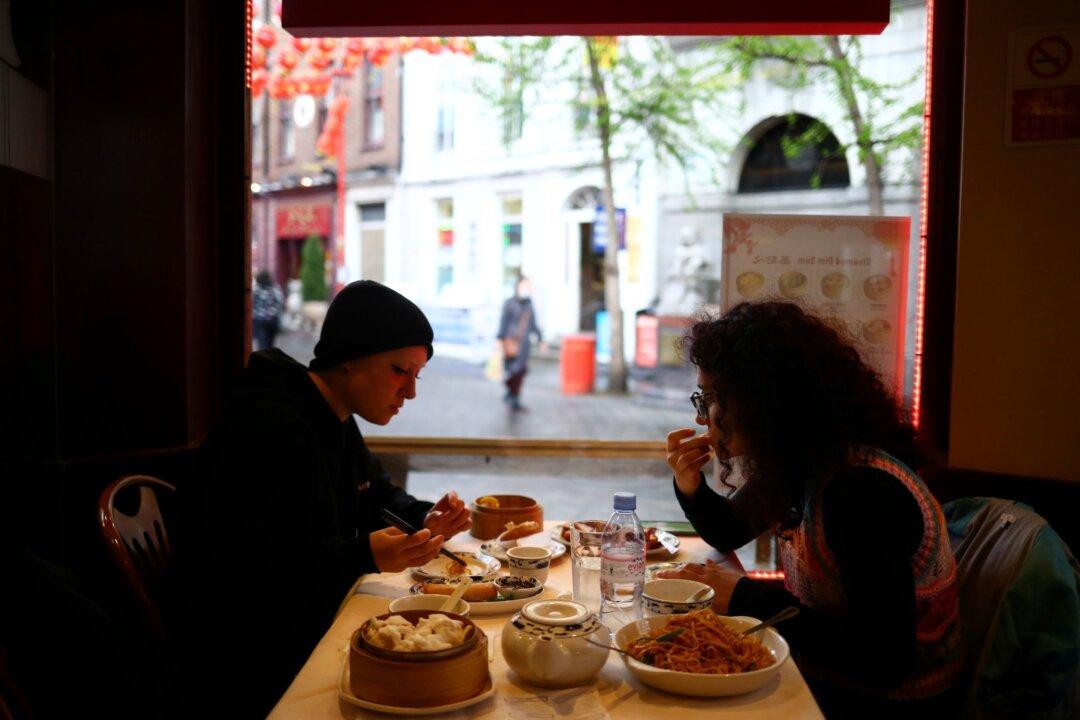Commentary
As I stood in the Inter-Parliamentary Union conference room of the UK Parliament, presenting photos I took 35 years ago in Tiananmen Square of a student hunger strike, Russian President Vladimir Putin was standing on Tiananmen Square, stepping onto the blood-red carpet laid out by Chinese leader Xi Jinping.


